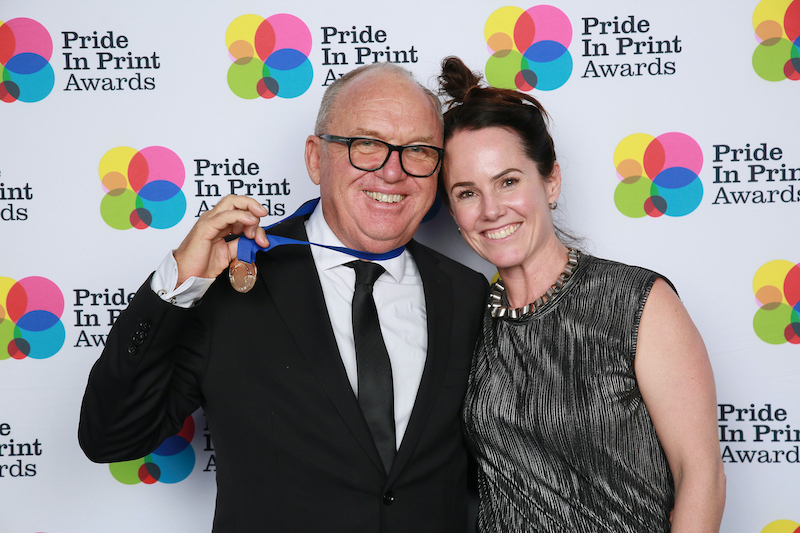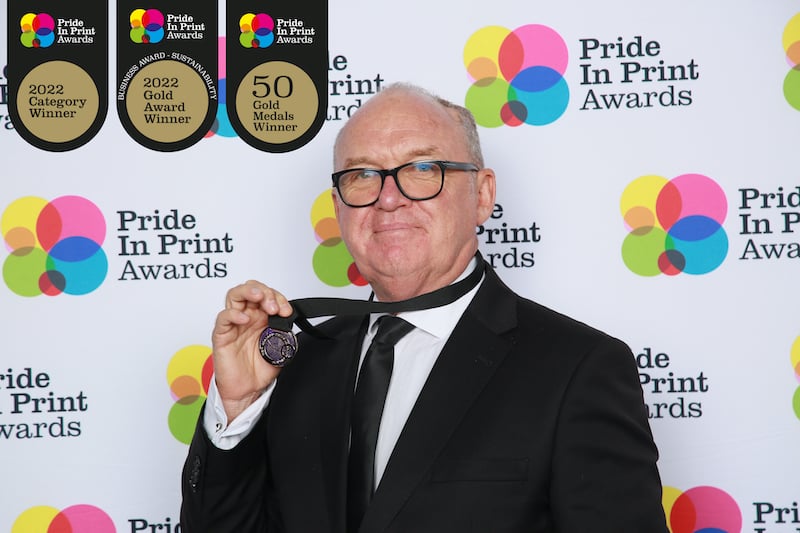Marcus Hawkins
Understanding who your audiences are and their wants and needs is critical and developing profiles around these audiences doesn't just inform creative and media choices. Amongst a myriad of other uses they guide the content that needs to be crafted to entice people, help define
user journeys to deliver conversion and are a starting point for the loyalty hooks required to turn c
ustomers into advocates. (Also the whole design-led thinking thing, but thats another post.)
So, if you want to be customer centric/driven/etc. you need to actually build profiles to describe who these people are.
There are various formats to deliver these profiles with a multitude of different names, my personal favourite is the "Persona" or if we are being flash, a "Persona Archetype". For clients, we tend to focus on 4-6 initially and then grow from there if needed.
These can be developed in different ways and either start with research and then be refined by the team or developed initially internally and ratified by a research partner. Over the years, we have done it both ways and always got clarity on who our our clients customers actually are.
To develop compelling personas, you will need to run workshops, which are the simplest way to get into the mind of your consumers with the additional benefit of peer reviews in the session. Having any research up front really helps the process. We define our persona groups first and then break into teams using the template detailed below. You wont get 100% there in one session, but you will leave with a clear idea as to your main customer groupings and drivers. A single person or team then takes ownership of the persona finalisation, refining and cross-referencing/commissioning research etc.
Just a quick note about the workshop attendees.. it is really, really important to have people in there who actually deal with real customers - not just the marketing types! The most successful ones for us involve the marketing team, C-Suiters and customer facing/sales staff.
The Persona Archetype outline we use is a follows......
Name: Yes, an individual name is always important to bring it to life.
Challenge to us: A succinct summary of what they want us to do for them. e.g. "Mortgages are complex, make it simple." "Show me what you can give me, but make it worth my time" etc.
Photo: Once complete this really helps to sum up the persona
Background: This is the long form copy about the persona, make up a story about them, their drivers and what they are looking to do with us.
Demographics: Here is where we can later cross reference with all the great research available to make sure are audiences are actually big enough. Put in M/F Skew, Age Grouping and HHI as a start. This can be built out at a later stage.
Traits: Obvious, the character traits of the persona. eg. Driven, Hard to please, Vain etc. etc.
Inside questions: Right, this is an important one as it outlines what these people are thinking, but may not say to us outright. Obviously these change completely on the goods or service you are providing but are meant to be honest. e.g. "Can they give me inside access to x?", "Will they make me look good?", "Do they actually care" etc. etc.
Wants: These are the broad requirements for the person to engage with us more deeply and are broad pointers to what we need to cater to become useful. Some will be obvious, others not - "Knowledge and expertise" - obvious - "Recognition" maybe not.
Finally, Need States : These are macro examples of what these people actually need from us, which again will differ wildly depending on offering. Retail ones such as "Loyalty programme", "Easy online purchasing options" and "Clear store layouts" are a few simple examples.
So, thats the basic outline, but we always customise depending on the nature of the business, e.g. for retail we include things such as "Basket identifiers" which would include the key products we would expect them to buy.
"OK, cool - but where do I use them?"
Well, my dear visionary marketeer - everywhere! We use these as the base for all creative and communications programmes, big and small. From popping the correct ones into a simple creative brief, to using them as a basis for entire customer driven communications platforms, these personas give focus and clarity. They are also invaluable when briefing media partners, especially as they can be married up to various segmentation profiles to ensure you are getting to the right people at the right time.
On the marketing automation front, Hubspot uses personas as one of their core data-fields and we load them in up front and measure all interactions against specific Persona types.
Well, thats the basics, hopefully it gives you some clarity and do get in touch if you would like to chat further.
Subscribe to Email Updates
SCG’s AI Manifesto: the story begins
Posted at 9/07/2025 1:34:24 PM
Embracing the tangible power of print
Posted at 14/08/2023 10:37:51 AM
Molly Woppy and SCG: Partnering for Environmentally Friendly Packaging
Posted at 21/06/2023 10:29:22 AM
SCG bestowed with Sustainability Award
Posted at 27/06/2022 12:37:27 PM
Award winning print
Posted at 22/06/2022 5:14:32 PM
Award winning print
Posted at 22/06/2022 5:14:32 PM
Soar Print and ICG have merged, creating Soar Communications Group (SCG)
Posted at 7/01/2022 12:02:59 AM
SCG’s AI Manifesto: the story begins
Posted at 9/07/2025 1:34:24 PM
SCG bestowed with Sustainability Award
Posted at 27/06/2022 12:37:27 PM
Embracing the tangible power of print
Posted at 14/08/2023 10:37:51 AM





